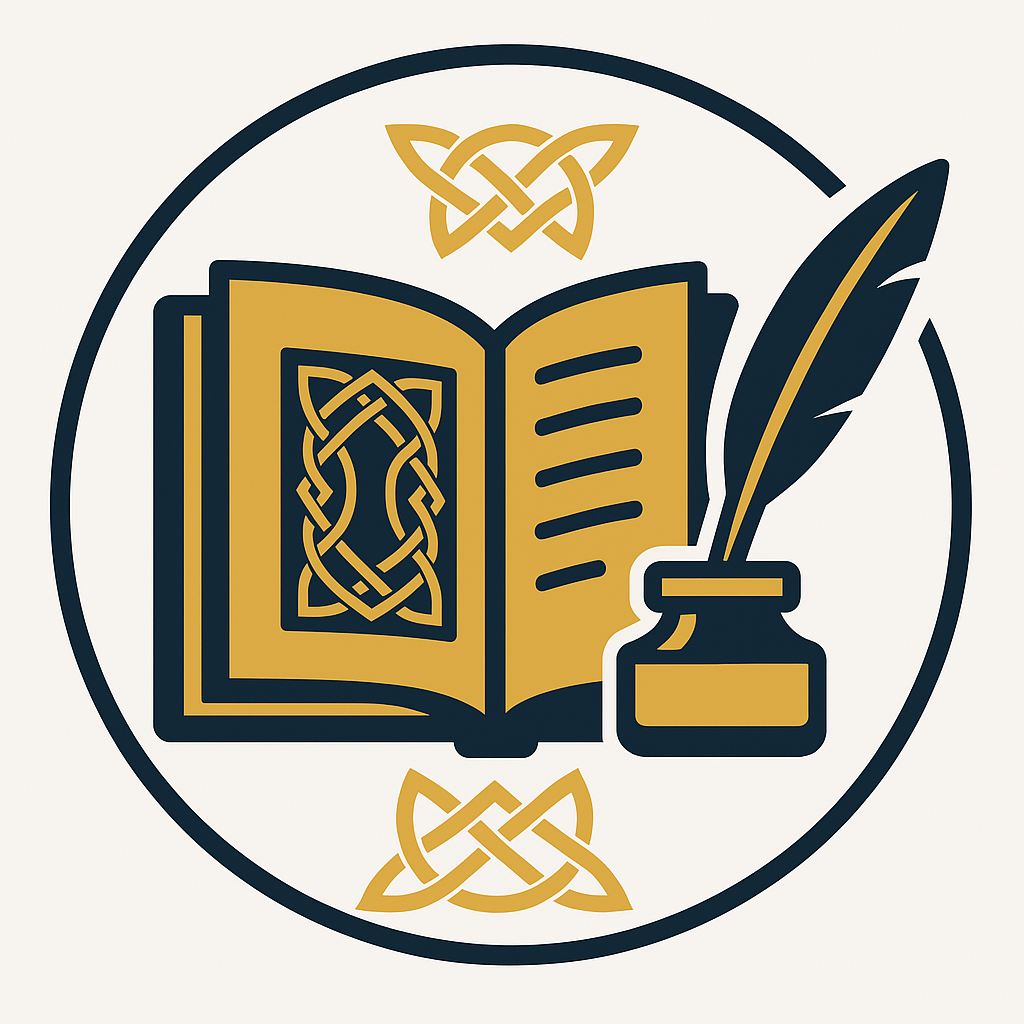

If the Poetic Edda is the songbook of the old Norse gods, the Prose Edda is the manual that explains how to sing those songs. Written around 1220 CE by Snorri Sturluson, an Icelandic chieftain, poet, and historian, the Prose Edda was created not simply as a collection of myths, but as a handbook for skalds (court poets).
Without Snorri’s Edda, our understanding of Norse mythology would be incomplete. His systematic presentation of mythological tales, combined with instructions on Old Norse poetic style, makes the work an indispensable source. At the same time, Snorri’s Christian worldview and political ambitions shaped the way he retold pagan stories, raising important questions about transmission and interpretation.
Snorri Sturluson (1179–1241) was one of the most remarkable figures of medieval Iceland. A member of the powerful Sturlungar family, he became a lawspeaker of the Althing, Iceland’s parliament, and a skilled diplomat who traveled to Norway as a political negotiator.
But Snorri was also a skald, part of a tradition of poet-historians who celebrated kings and heroes in verse. His knowledge of oral tradition and poetic technique placed him in a unique position to write a comprehensive guide to Norse mythology.
🦅 Embody Odin’s Wisdom — Odin Hoodie
👕 Odin T-shirt coming soon — full set upgrade awaits!
By Snorri’s time, Iceland had officially converted to Christianity (around the year 1000 CE). Pagan religion had declined, but the poetic tradition of skalds remained strong in the courts of Norway and Iceland.
The problem was that skaldic poetry relied heavily on kennings — metaphorical expressions based on mythology. For example, a poet might call the sea “the whale’s road” or a sword “the fire of battle.” Without knowledge of the myths, younger poets could not understand these kennings.
Snorri wrote the Edda as a teaching manual, ensuring that skaldic poetry would remain accessible even in a Christian society (Faulkes, 1987).
The Prose Edda is divided into four main parts:
Prologue – A Christianized introduction that reinterprets the Norse gods as historical figures, descended from Troy. This reflects the medieval tendency to rationalize pagan myths.
Gylfaginning (“The Deluding of Gylfi”) – A mythological narrative in which the Swedish king Gylfi visits the gods and learns about the creation of the world, the deeds of Odin, Thor, Loki, and the events of Ragnarök. This section is one of the richest mythological sources we have.
⚡ Channel Thor’s Strength — Thor Hoodie
👕 Thor Long Sleeve Available Here
Skáldskaparmál (“The Language of Poetry”) – A dialogue between Ægir, the sea-god, and Bragi, the god of poetry. Here Snorri explains kennings and gives mythological background for poetic metaphors.
Háttatal (“List of Verse Forms”) – A technical section where Snorri demonstrates 100 different meters, showing his mastery as a poet.
Although Snorri preserved a vast amount of pagan lore, his Edda is not a “pure” transmission. His prologue reframes the gods as ancient men who were mistakenly worshipped, a perspective influenced by Christian thought (Byock, 2005).
Moreover, Snorri selected and reshaped myths to serve as illustrations for kennings, rather than presenting them as a coherent religious text. Scholars debate how much was preserved faithfully and how much was altered to fit his agenda.
🔥 Loki gear coming soon — stay tuned, trickster fans!
Some of the most famous Norse myths survive in detail thanks to Snorri’s Edda:
The Creation of the World from Ymir’s Body
Odin’s Quest for Wisdom and the Runes
Thor’s Battles with Giants and the Midgard Serpent
The Death of Baldr and the Coming of Ragnarök
🌟 Baldr collection in development — purity meets power!
Without Snorri’s careful documentation, many of these stories might have been lost.
While the Poetic Edda offers raw, anonymous poems, the Prose Edda provides narrative explanations and context. The two works complement each other:
The Poetic Edda is closer to oral tradition.
The Prose Edda is structured, didactic, and shaped by a single author.
Together, they form the foundation of modern knowledge of Norse mythology.
The Prose Edda had a profound influence on medieval and modern literature. Its preservation of myth made it a key source for Romantic writers like William Morris and composers like Richard Wagner. In the 20th century, J.R.R. Tolkien drew on Snorri’s accounts when creating Middle-earth.
Today, the Prose Edda is studied both as a literary masterpiece and as a cultural bridge — a Christian scholar’s attempt to preserve pagan stories. Its combination of myth, poetry, and linguistic theory makes it unique among world literatures.
Snorri Sturluson’s Prose Edda is both a treasure chest of myth and a handbook of poetry. It reflects the transition of Iceland from paganism to Christianity, yet it ensures that the old gods would not be forgotten. For historians, it provides indispensable mythological accounts; for poets, it demonstrates the artistry of skaldic verse; and for modern readers, it continues to inspire awe.
Snorri may have lived in a world where the old religion had faded, but through his Edda, the gods of Asgard still speak across the centuries.
Faulkes, Anthony. Edda: Prologue and Gylfaginning. Oxford University Press, 1987.
Byock, Jesse. The Prose Edda. Penguin Classics, 2005.
Simek, Rudolf. Dictionary of Northern Mythology. Boydell & Brewer, 2007.